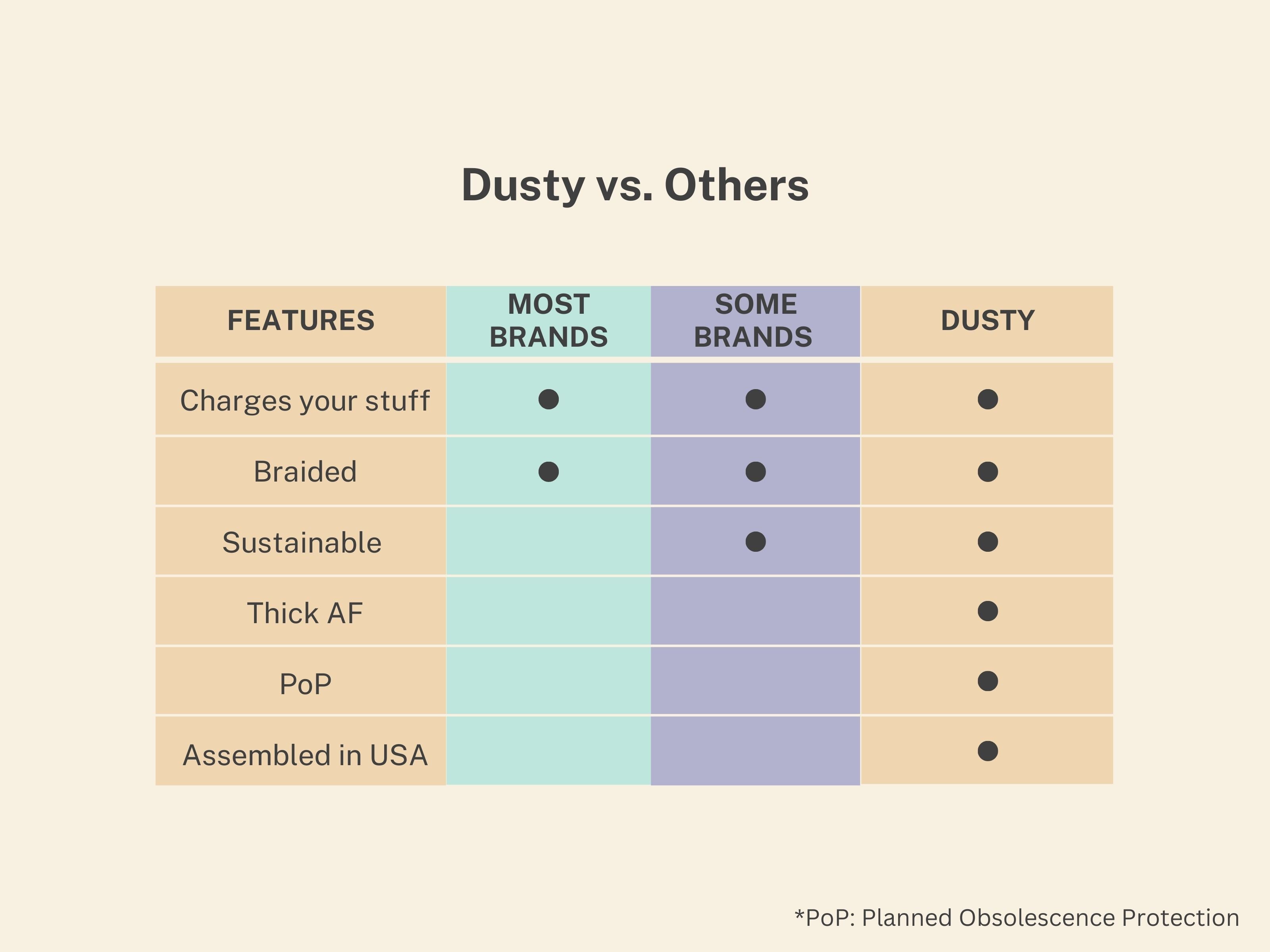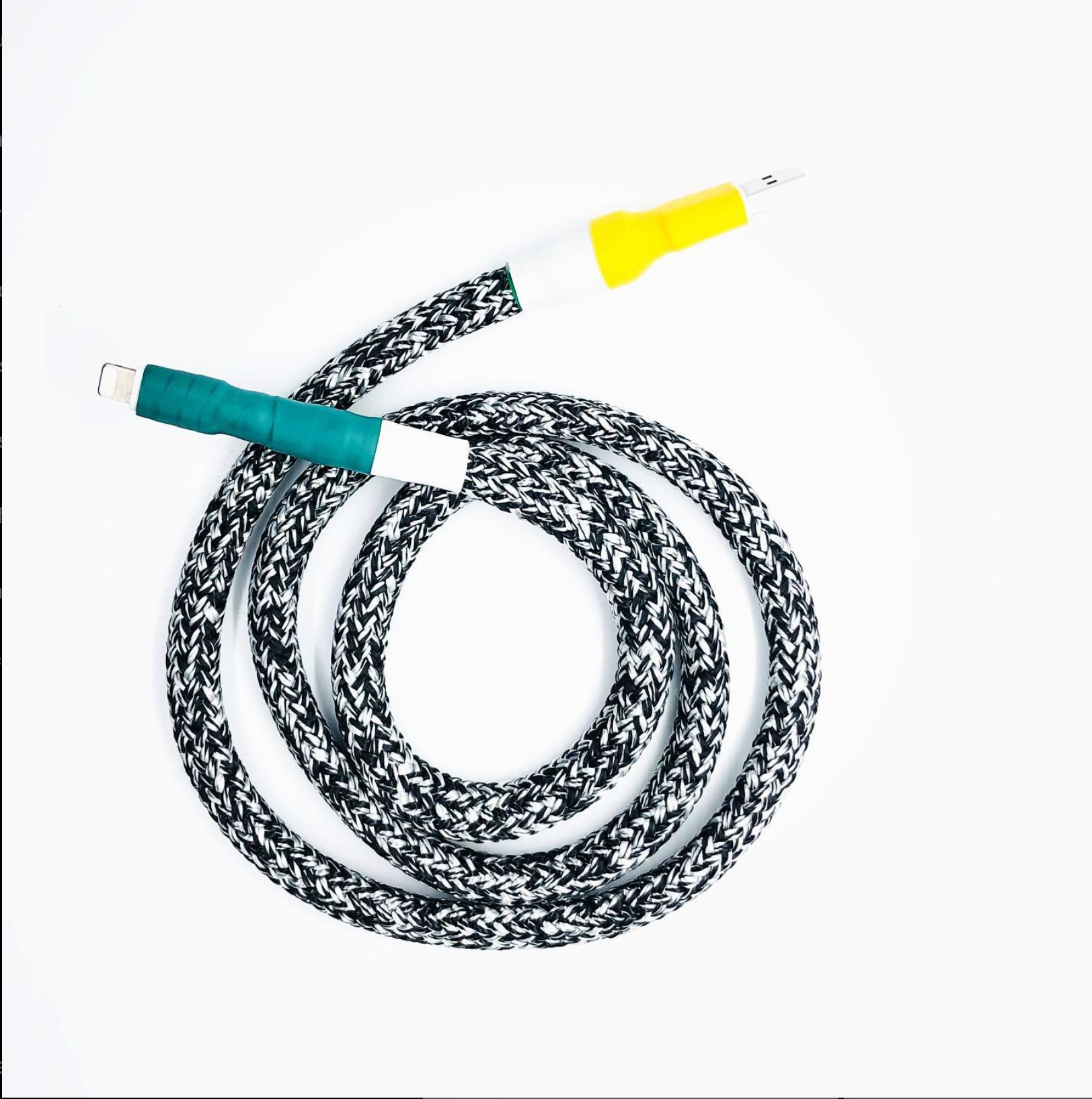News
Got a cord drawer?
Got a cord drawer?
If I had to guess, the majority of folks out there have a drawer dedicated to old cords that you don't know what to do with, or have a false sense of hope that you may someday need them again. Alas, the chances that the charger that came with the digital camera you got for your 13th birthday will work on any device you currently own or will own in the future are slim to none... sorry, kiddo.
Now, to avoid a toxic future, we should get in the habit of recycling these old electronics....
What is E-Waste?
E-waste, or electronic waste, is the term used to describe electronic products nearing the end of their useful life. This includes everything from computers and mobile phones to televisions and refrigerators.
When electronic devices are discarded, they can create significant environmental and human health problems. Here are a few of the main issues:
- Toxic chemicals: Electronics can contain hazardous materials such as lead, mercury, cadmium, and flame retardants. If these materials are not properly disposed of, they can leach into the soil and water, contaminating the environment and posing a risk...
rPET
RPET, or recycled polyethylene terephthalate, is a type of plastic that is made from recycled PET, which is commonly used in water and soda bottles.
RPET is produced by collecting and sorting used plastic bottles, processing them into flakes, and then melting and extruding the flakes into new plastic products such as clothing, bags, and packaging materials.
Using RPET instead of virgin plastic has several environmental benefits. Firstly, it reduces the amount of plastic waste that ends up in landfills or oceans.
By recycling PET bottles, we can give them a new...
Sustainable Electronics?
Electronics companies can become more sustainable by taking several steps to reduce their environmental impact. Below are some examples:
- Use eco-friendly materials: Electronics companies can use environmentally friendly materials in their products, such as recycled plastics or biodegradable components. Sustainable materials can also reduce the amount of e-waste generated during the product lifecycle.
- Reduce energy consumption: Companies can work to reduce their energy consumption by using energy-efficient technologies, optimizing their manufacturing processes, and exploring renewable energy options like solar or wind power.
- Implement a...



